If there is an icon of Nikon’s durability and commitment to quality the Nikon FM2 is that camera. With one of the most extended production periods of any Nikon camera (1982-2001), the FM2 is a no-nonsense, mechanical camera that can take any punishment you throw at it. I picked up the FM2n originally as a gift to a friend, but quickly fell in love with the camera and promptly purchased an older FM for the friend and kept the FM2n for my own. The FM2n became a constant companion.

The Dirt
Make: Nikon
Model: FM2n
Type: 35mm, Single Lens Reflex
Lens: Interchangeable, Nikon F-Mount
Shutter: Titanium Vertical Travel Shutter, 1″ – 1/4000″
Meter: TTL 2x SPD Cells, EV1 ~ EV18 @ ASA-100, ASA-12 ~ 6400
Year Manufactured: 1982-2001
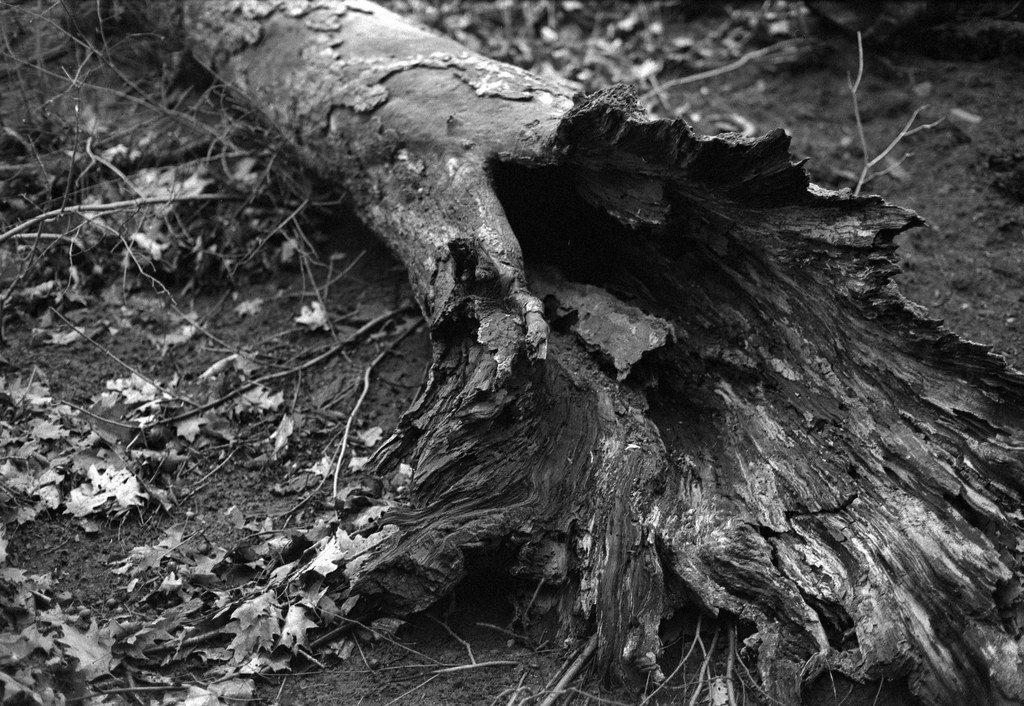
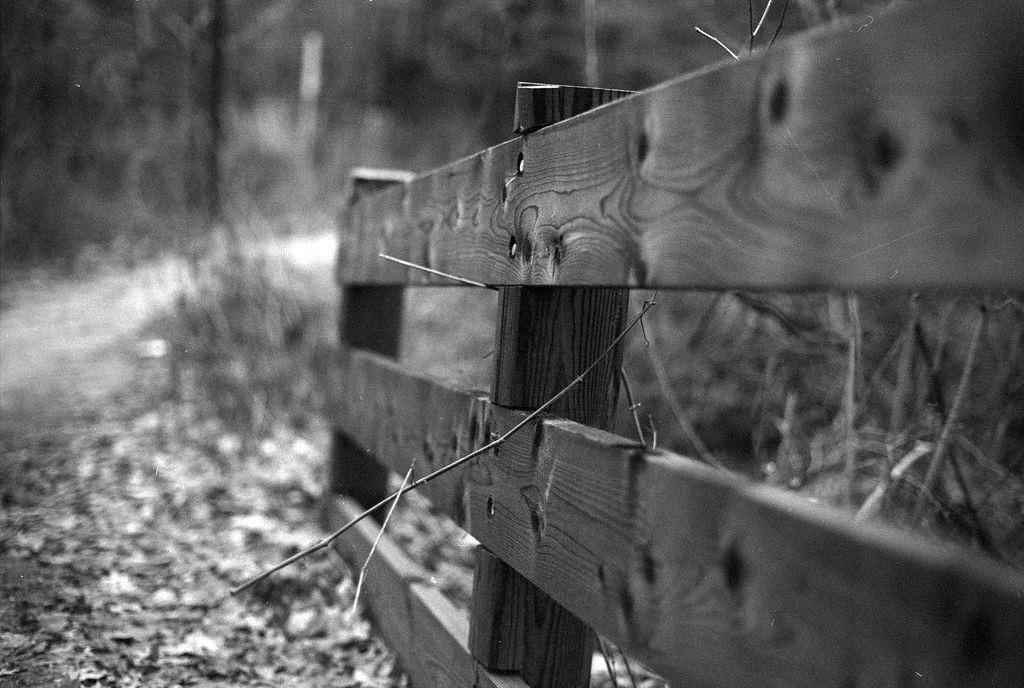
Background
The introduction of the OM-1 shifted the design philosophy of SLRs with the introduction of a compact camera. Nikon had the Nikkormat line which evolved with advances in technology and the latest iteration the Nikkormat FT3 saw replacement with the Nikon FM in 1977. It was later in the 1970s that Nikon began to research two new pieces of camera technology. The first being high-speed titanium and carbon fibre shutter the second being a multi-point metering system. While both were to be a part of the Nikon FE2, the multi-point or matrix metering system wouldn’t be done until 1983 and be the selling feature of the Nikon FA. However, the high-speed shutter found it’s way into both the FM2 and FE2. By 1982 when the FM2 saw initial release, an all-mechanical camera seemed a bit anachronistic. Canon had the A-1, Minolta the X-700, even Pentax had some level of the semi-automatic camera as did Olympus. Nikon felt that many customers didn’t need a camera with the latest bells and whistles, they wanted a simple, reliable, all mechanical camera, and here the FM2 delivered. But the FM2 had one strange item, a flash sync speed of 1/200″, this flaw would be fixed with the release of the FM2n in 1984 which brought the sync speed up to the standard 1/250″. At the core of any FM2 is the titanium and carbon fibre honeycomb shutter that boasts a top speed of 1/4000″. Nikon also released a new motor drive in the MD-12 however both the FE2 and FM2(n) maintained the capability to use the older MD-11. Nikon produced two variants of the FM2n, in the FM2/T with the top and bottom body plates being made of titanium. A second and rarer variant is the Millenium or Year 2000 edition of the FM2n. Nikon would maintain the FM2 badging, and there are two easy ways to tell if the FM2 you own is an N or original version. Additionally, you can check the serial numbers; an FM2n will have an N before the number. Production of the FM2n continued until 2001 with most of these later cameras being produced for governments including Canada which bet on the durability and temperature tolerance of the FM2n in the high arctic.

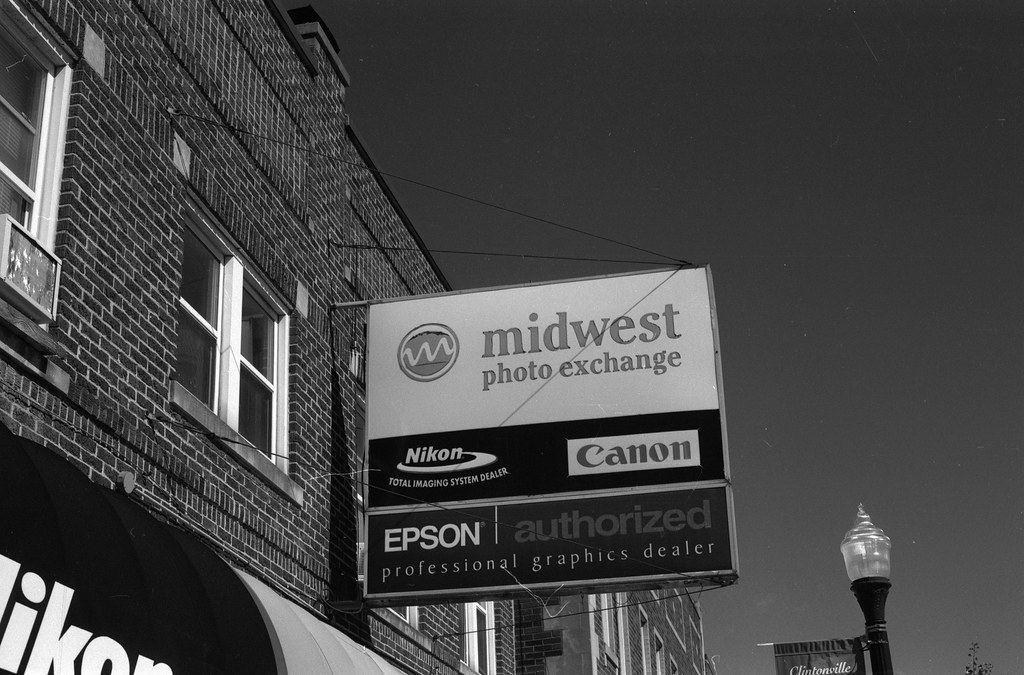
Impressions
While the FM2n is a compact camera it fits perfectly in the hands. Even my large mitts, and speaking of mitts, yes it works well with gloves in the deep cold also. The FM2 shows that form can follow function. The camera itself is well laid out with the only control being the shutter speed dial, which also acts as the place where you can set the ISO. The half-pull on the film advance acts as the on/off switch. The weight of the camera is of little concern and is even lighter if you have the FM2/T version. The camera retains the round viewfinder like many pro-body Nikons, and the viewfinder is nice, big, and bright with near 100% coverage. While not a match needle, it is the next best thing with bright red LEDs with a + o -. Overexposed you’ll have just then + illuminated, underexposed the -. A dead-on exposure (with a sweet centre-weighted meter) will show the only o. And a 1/3rd stop over or under will show a +o or o- respectively. But as I said before, you see one sitting there you want to pick it up and use it!
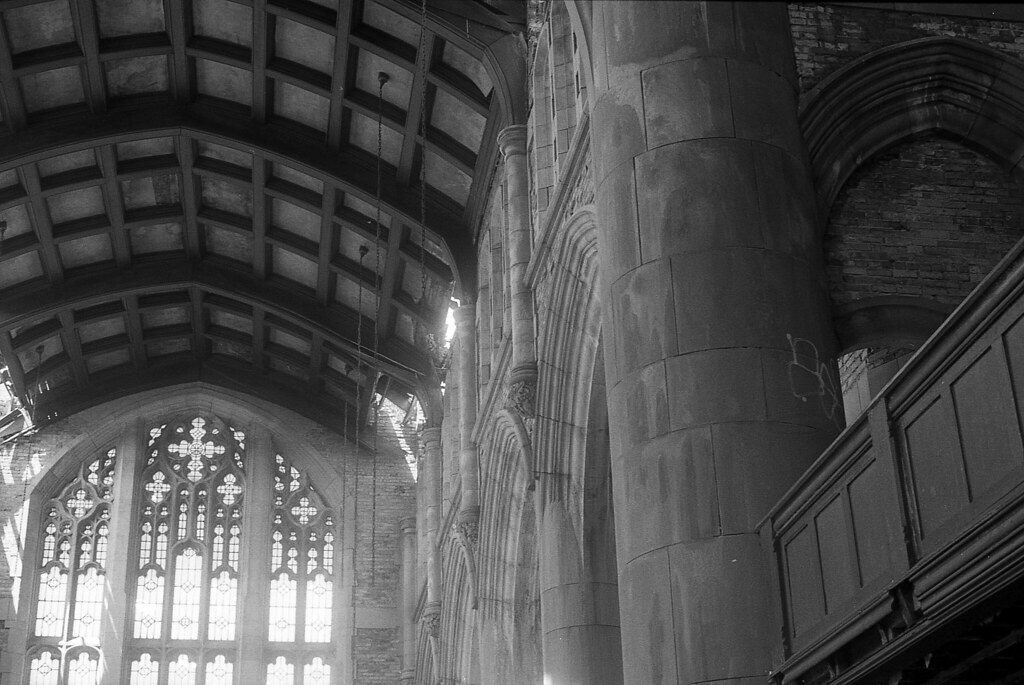

Experience
There’s certain solid dependability when you’re out with an FM2n. The camera is lightweight, easy to use in any condition and I’ve used it in almost every condition in North America. From a bitterly cold winter’s day to 100F weather in the summer. The camera never missed a beat. Even without a grip given with an MD-11/12, the camera fits well in the hand. The meter is dead-on accurate and with a 1/3rd of a stop displayed on the viewfinder meter. And you don’t need a motor drive for quick action. The advance is super short, and you don’t even need to take your eye away from the viewfinder to operate. This is a photographer’s camera, a great place to start for anyone wanting to get into manual photography. But what makes the FM2n a near-perfect camera is that it is fully mechanical, you don’t need a battery to operate it; the battery only powers the meter. If your battery dies, switch to Sunny-16 or use an external meter.


Optics
The Nikon FM2 can use most Nikon lenses, yes even certain autofocus lenses (with manual focusing only). The FM2 is designed around the AI system (automatic-indexing) that was introduced in the 1970s. Giving the camera an amazing set of glass at your disposal. You can use AI, AI-S, and AF-D lenses with the FM2 without any loss of functionality on the camera side of things. However you cannot use any Pre-AI glass, but never the less, if you get yourself a nice three lens kit (24/28,35/50, 85/105/135). You’ll have an amazing travel kit available to you that will work in any situation. Plus all these lenses allow for the full TTL metering to function perfectly.
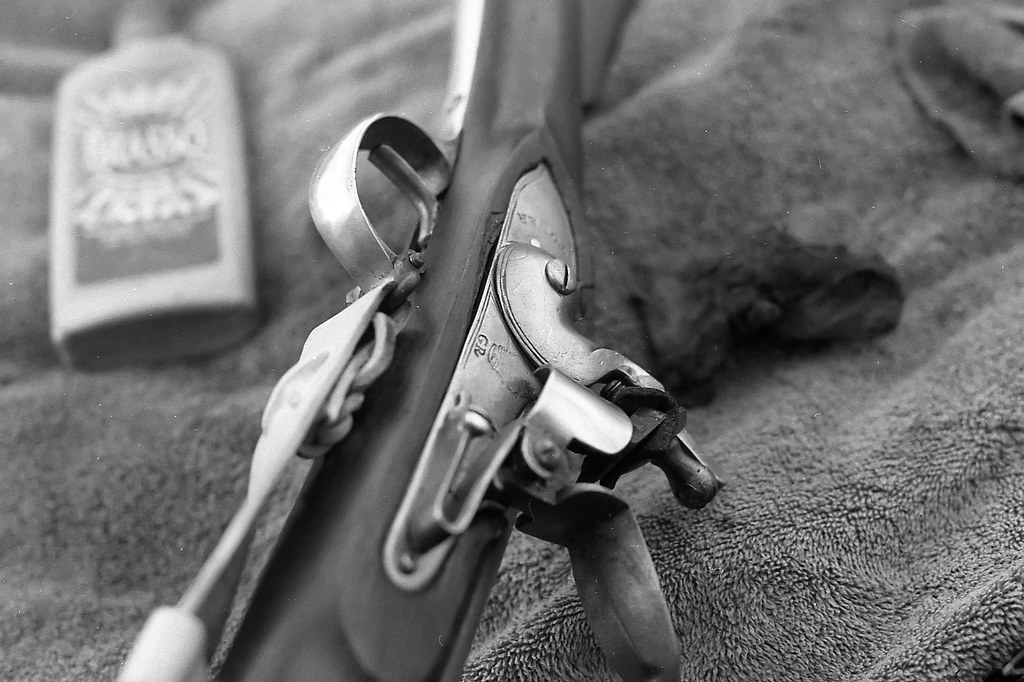

Lowdown
Everyone knows the famous Afgan Girl photo that appeared on the cover of National Geographic, shot by Steve McCurry, well that shot was not taken on an F3 or F2. Rather he used a simple FM2 with the iconic 105mm f/2.5 lens. And that’s not to say the camera made the image but rather the photographer. But it also shows that even though the FM2 was not marketed as a professional camera, it can still deliver and the longevity of the camera shows that Nikon hit the mark with this one. If you have any inkling towards manual focus Nikon’s the FM2 will be the perfect addition to any tool kit. I do miss mine, but the FA is an equally amazing camera, and when it dies I’ll probably replace it with another FM2n and this time get an MD-12 drive to pair.


Further Reading
Don’t just take my word on the Nikon FM2n, check out these other reviews by awesome camera bloggers.
Kosmo Foto – Nikon FM2n Review
Casual Photophile – Nikon FM2/T Review
Cultured Kiwi – Nikon FM2 review
Filmbodies – Nikon FM2n Review
Johnny Martyr – My Ode to the Humble FM2n
Photo Thinking – Small and Touch the Nikon FM2n
Classic Camera Revival Episode 37 – Baby it’s Cold Outside
Classic Camera Revival Epiosde 47 – Millennium
ebbene sì , questi articoli mi fanno “impazzire”, portate pazienza, ho iniziato con una Fuji STX2 e poi ne ho passate di tutti i colori, f3, f4, f 801s , f 90x e via. adesso navigo con , piu o meno le stesse navi, anche se mi manca la Nikon DF, che mi fa impazzire anche questa !
povero “malato” di reflex !!!
qualche giorno fa ho preso in mano una Pentax MX, sempre mia eh!, evvai per boschi con una Kodak 200 asa scaduta 20anni fa !!!!!!
ciao ragazzi/e, e buon divertimento !!!
Sono tutte Nikon eccellenti! Ho lavorato con tutti quelli presenti nell’elenco tranne uno, l’F-801. Ho cercato di procurarmi il Df, ma manca di funzionalità video che sono diventate importanti. Godetevi l’MX, è quello che ho sempre voluto provare!